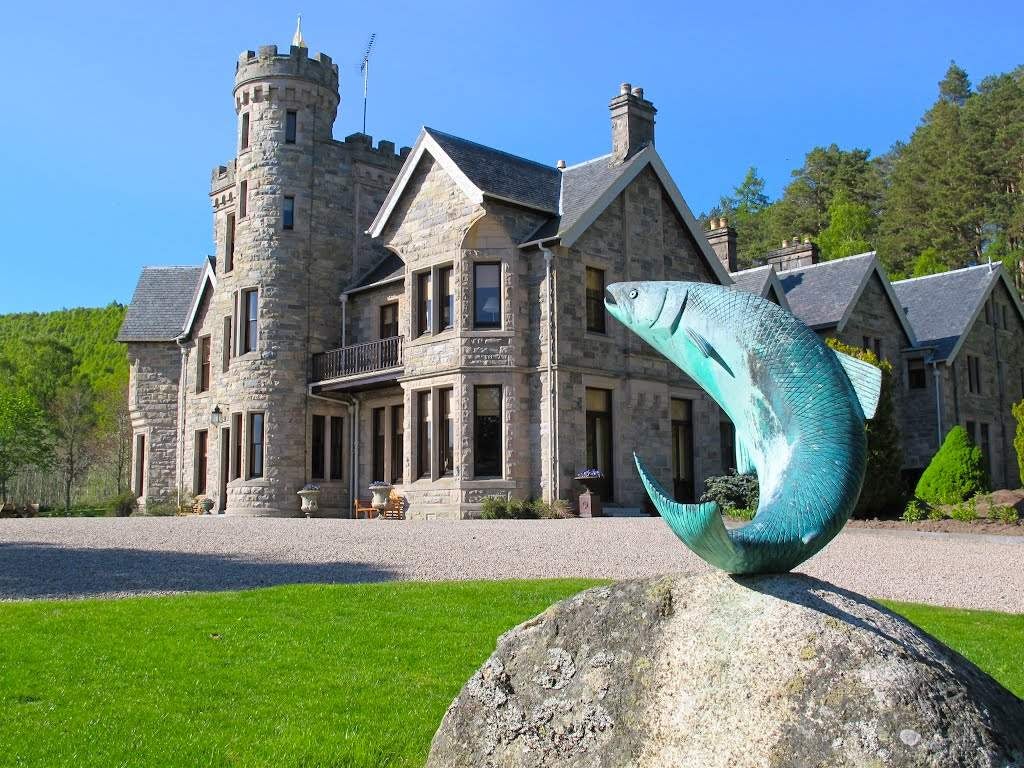
The £25 million sale of the Tulchan estate in the Highlands represents a new high for sales – but the ominous cloud of a second independence referendum hangs over future deals, writes Rasika Sittamparam
What’s the price of a slice of sporting paradise in Scotland? £25 million it seems, if the record-breaking sale of the 21,000-acre Tulchan Estate in Morayshire in the Highlands is anything to go by. The taker, Russian-born vodka billionaire Yuri Shefler, joins an elite and growing group of significant foreign landowners in Scotland. This includes Anders Povisen, a secretive Dane who supposedly owns one per cent of the entire country.
Shefler’s Tulchan estate is prized for its ‘exceptional’ pheasant shoot, grouse moors and eight miles of superlative salmon and trout fishing on the River Spey. The estate has been frequented by Edward VII, George V, George VI and Theodore Roosevelt. Its Edwardian shooting lodge sleeps 26.
Naturally enough, trophy estates like these are not priced by the acre, according to Evelyn Channing, a Scottish rural director from Savills, which was identified by The Times as the agent in the Tulchan sale. Instead, it’s all about ‘what’s in the sporting bag’ – and whether it’s grouse, stag or salmon, the value equates to the combined total of the average prices each individual sport has acquired over a decade. In the case of Tulchan the salmon fishing is regarded as among the best in Europe, giving it an obvious market premium.
So does this sale show that Scottish estates are on the up? Not quite, it seems. Because the elite Scottish estate market is so small and each property so varied, it’s not possible to calculate a trend, insists Channing. That said valuations have been stable over the past decade, with around 20 estates on the market each year priced between £5 and £10 million.
And with the rarity and the complexity of such properties, buyers are patient and discerning, willing to wait for a decade even to find the dream estate with a sporting bag to match their country passions. The economics here is not complicated: ‘There’s not a huge amount to choose from, so when the right thing comes up it tends to sell,’ adds Channing.
Although Channing has seen the Scots’ rural market reach a record number of 24 deals in the last decade in 2016, she is wary of the dampening effect the first Scottish referendum had in 2014, when vendors and their estates ‘didn’t really come into the market’. The possibility of a second referendum alone may have a similar effect in the years ahead: ‘Some people have declared that they’ll wait until that uncertainty is removed before they come into the market.’
But there are many buyers who are less fazed by uncertainty, as the ‘peace and tranquility’ such an estate offers – as most purchases are often for pleasure rather than business – is an idyll. It is what makes trophy assets so desirable, to both UK and foreign buyers: ‘You can’t replicate the Scottish scenery anywhere else,’ says Channing. Something that the new ‘laird’ of Tulchan will no doubt be raising a glass of vodka to.
Rasika Sittamparam is a researcher at Spear’s






